We started our 2015 European adventure off visiting Kraków, Poland. Of course, part of the adventure was actually getting there. It took us about 36 hours – flights from Boston to Zurich, Zurich to Munich, Munich to Prague, and then the overnight train to Kraków. This was mad worse by the fact that Swiss Air wouldn’t let me use my CPAP machine onboard, so there was no sleep. Ugh! Add to that fact, it was pouring rain and this vacation seemed to be starting out on the wrong foot. But what a difference a couple of hours can make. The rest of our time in Kraków was sunny and seasonably warm.
Krakow is a city rich in history and in character. Like so many other cities in Europe, it has had its ups and downs – some more tragic than others. It has been the capital of Poland and has been on the outs. But the people there seem very resilient and happy. Kraków seems to be a young city, with all the vibrance and energy that brings. Today, they are trying to overcome their history – their politics are decidedly more liberal, they actively promote their Jewish Quarter (despite the fact that they have dropped from 65,000 Jewish citizens to around 1,000 – the result of the Nazis and post-war flight) and they are pursuing a lot of green initiatives (e.g., reducing vehicle traffic in favor of more bike lanes, incentives for solar panel installation, more consistent recycling) to overcome the environmental disaster they had when Kraków was a Soviet steel town).
Getting around the city was easy for us. It is somewhat small and very walkable. Our hotel was right on the Rynek Glówny, the largest medieval town square in Europe. In the center of the square is the 14th century Cloth Hall that was once the center of Kraków’s lucrative clothing trade. Around the perimeter is St. Mary’s Church, well known for its hourly bugle call that is interrupted mid-song – commemorating a guard, who while sounding the alarm during a Tatar invasion, was shot in the neck. Because the local people were awakened, they were able to repulse the attack. We spent the next 1.5 days walking and riding around the city, enjoying Wawel Hill with its lovely cathedral, castle (including an amazing art collection in the State Rooms), and even the cheesy Dragon’s Den; the Jewish Quarter, and the Jewish Ghetto. One of the tougher sites was the Schindler Museum, the former ceramics museum of Oskar Schindler, who famously saved the lives of his Jewish workers during the Holocaust. Today, the factory is an interactive exhibit of life in Krakow before, during, and after Nazi occupation. It was very disturbing, but an important place to see.
On our last day, we took a trip to Wieliczka, site of one of Europe’s oldest functioning underground facilities. Operating as a salt mine from the 13th century until the late 1990s, this UNESCO World Heritage Site celebrates the amazing carving work that the miners do to turn a working mine into a work of art. While we could only get to the 3rd level of this 10+ level mine, we were still at 270 feet of depth. This meant climbing down over 500 steps in two big increments. Below, they have a series of life-sized dioramas that depict what working life was like in the mine as well as a depiction of the fairy tale about how the mine was founded (it involves lost gold rings, anxious suitors, and humble peasants). The really amazing thing though is the large number of salt carvings, whether free standing or relief carvings in the walls. Most have religious or royal overtones. The most amazing part is the cavernous grand chapel, which 3 guys 68 years to complete. Everything is made of salt – the statuary and art work, the altar(s), and even the chandeliers! Absolutely breathtaking! That night we had drinks and dinner with our neighbors, Mike and Pat Kelly, who we luckily crossed paths with as we are each pursuing our journeys.
We thoroughly enjoyed our time in Kraków and hope to make it back again.
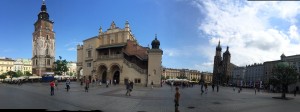
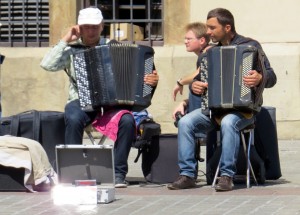
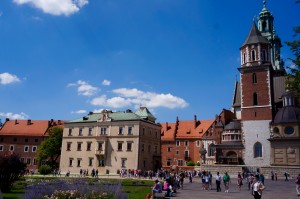
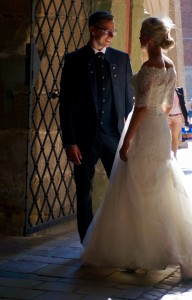
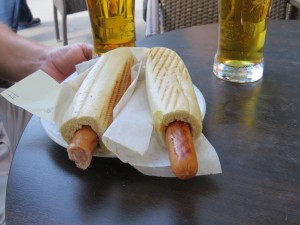
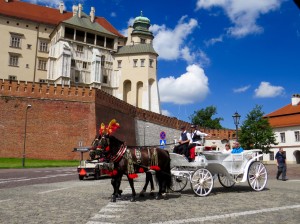

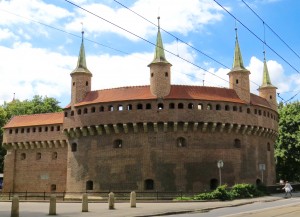
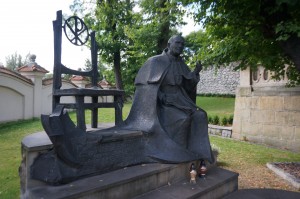
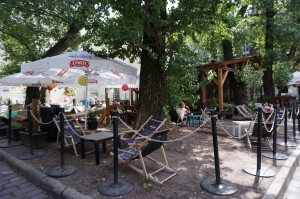
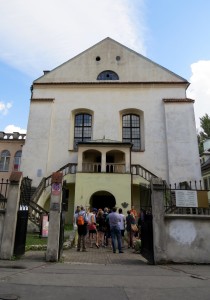
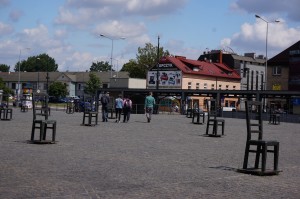
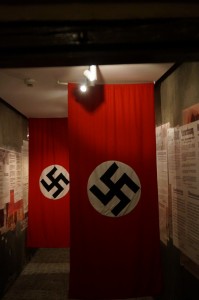
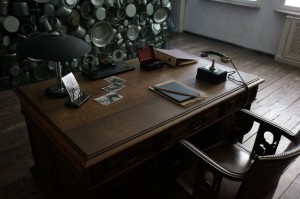
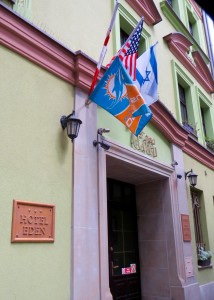
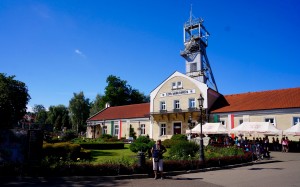
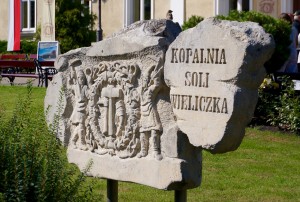
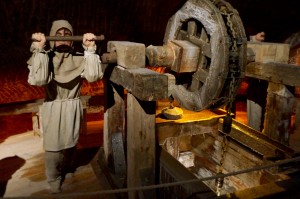
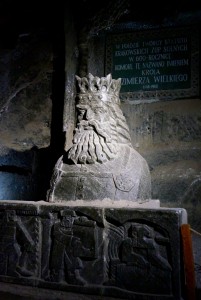
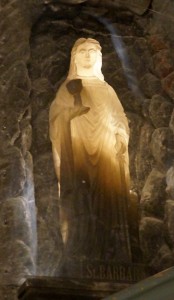
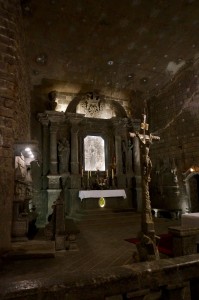
This entry was posted in Poland, Travel


